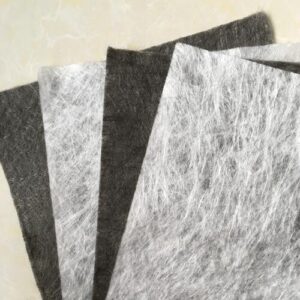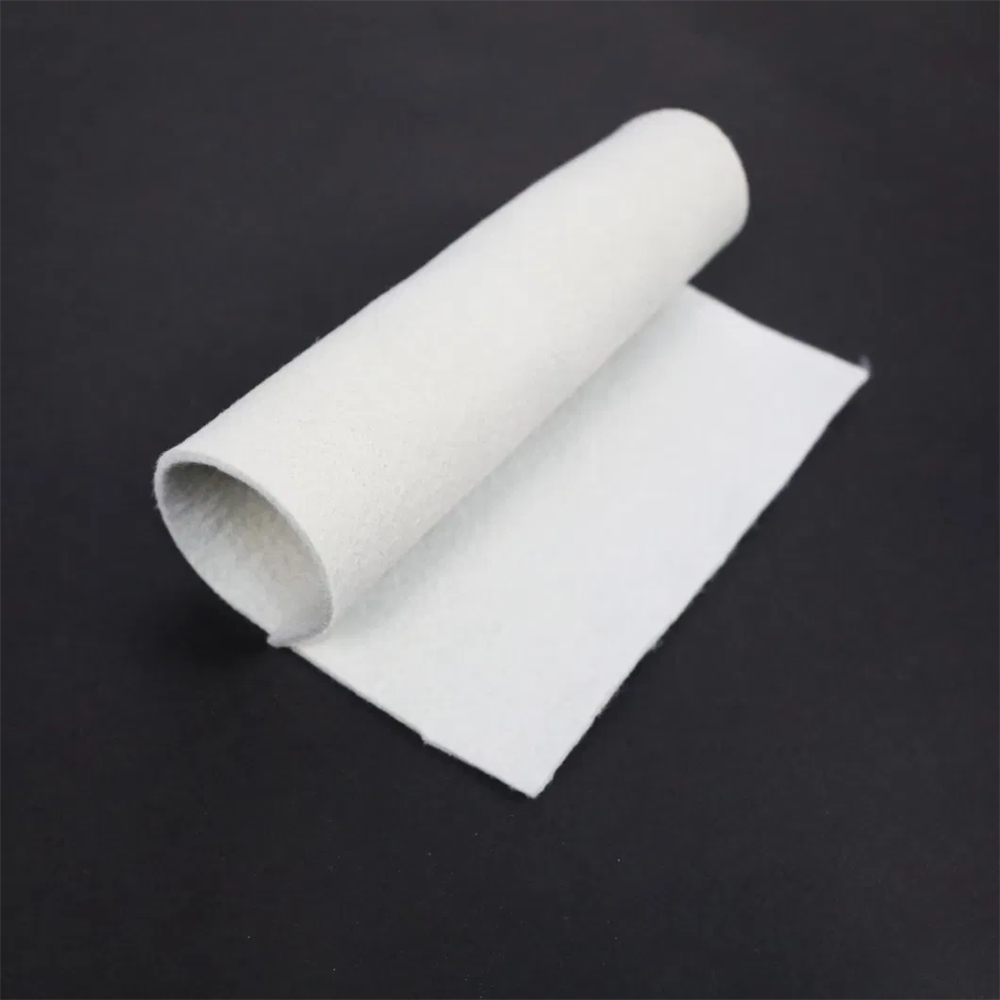The difference between woven geotextiles and knitted geotextiles
Woven geotextiles and knitted geotextiles are two different types of geotechnical materials, and they have obvious differences in structure, characteristics and applications.
Here are their main differences:
Construction method:
Woven Geotextiles: Woven geotextiles are made from polypropylene or other synthetic fiber threads interwoven in an interwoven pattern. This means that it is constructed like a traditional fabric, with a visible grid structure of yarns.
Knitted Geotextile: Knitted geotextile is made by connecting fibers or yarns to each other mechanically or chemically, without an obvious yarn grid structure, similar to the construction of felt.
Physical properties:
Woven Geotextiles: Due to their interwoven construction, woven geotextiles typically have higher tensile strength and lower elongation, making them suitable for applications that need to withstand larger tensile forces.
Knitted Geotextiles: Knitted geotextiles generally have lower tensile strength but higher elongation, making them softer and suitable for more applications such as filtration and isolation.
Application areas:
Woven geotextiles: Woven geotextiles are commonly used in reinforcement, separation, filtration and anti-seepage applications in civil engineering, such as soil reinforcement, roadbed reinforcement, river embankment protection, etc.
Knitted Geotextiles: Knitted geotextiles are mainly used for filtration, isolation and protection applications such as soil isolation, drainage systems, isolation layers under road paving, etc.
Filtration and Drainage Performance:
Woven Geotextiles: Due to their dense construction, woven geotextiles generally filter and drain poorly and are therefore more common in applications where particulate penetration needs to be prevented.
Knitted Geotextile: The open construction of knitted geotextile gives it good filtration and drainage properties, suitable for letting moisture pass through and keeping the soil stable.
Chemical resistance:
Woven geotextiles: Woven geotextiles generally have good chemical resistance and can be used in environments that require resistance to chemical substances.
Knitted geotextile: Knitted geotextile has poor chemical resistance and may not be resistant to some chemicals.
To sum up, woven geotextiles are usually suitable for projects requiring high tensile strength and impermeability properties, while knitted geotextiles are often used in filtration, isolation and drainage applications and are characterized by softness and good water permeability. The type of geotextile chosen depends on the specific engineering needs and project requirements.

The process difference between knitted geotextiles and woven geotextiles
There are significant differences in the manufacturing processes between knitted geotextiles and woven geotextiles, which result in them having different physical properties and applicability.
The following are their process differences:
Manufacturing process of knitted geotextile:
Knitted geotextiles are made by interweaving or braiding one or more yarns on a knitting machine. These yarns are passed through small holes and form loops on the back of the fabric. The process is similar to that used to make sweaters.
When manufacturing knitted geotextiles, single or multiple yarns are typically woven laterally and longitudinally to create a nonwoven fabric structure with no obvious yarn intersections.
Manufacturing process of woven geotextile:
Woven geotextiles are made by using two sets of yarns, one set woven transversely and the other set longitudinally, crossed together to form a grid structure. This is similar to how traditional fabrics are made.
The manufacture of woven geotextiles involves high-speed looms through which a dense and stable grid structure is created with distinct intersection points.
Features and applicability:
Knitted geotextiles are generally softer and more flexible because their construction allows the yarns to move to a greater extent. This makes knitted geotextiles suitable for use in applications where irregular or curved surfaces need to be accommodated.
Woven geotextiles are generally stiffer, have higher tensile strength, and are suitable for applications that require stronger support, such as soil reinforcement and separation.
Filtration and Drainage Performance:
Due to its open structure, knitted geotextile generally has good filtration and drainage properties, making it suitable for applications that allow moisture to pass through and maintain soil stability.
The dense construction of woven geotextiles makes them less effective at filtering and draining, making them more suitable for applications where particulate penetration needs to be prevented.
In summary, the process differences between knitted and woven geotextiles lead to differences in their physical properties and applications, so when selecting a geotextile, you need to consider the project needs and desired properties.
Author
-

Founded in 2002, Tinhy's team focuses on the manufacturing, marketing, installation, application and research and development of geosynthetic materials.
View all posts


